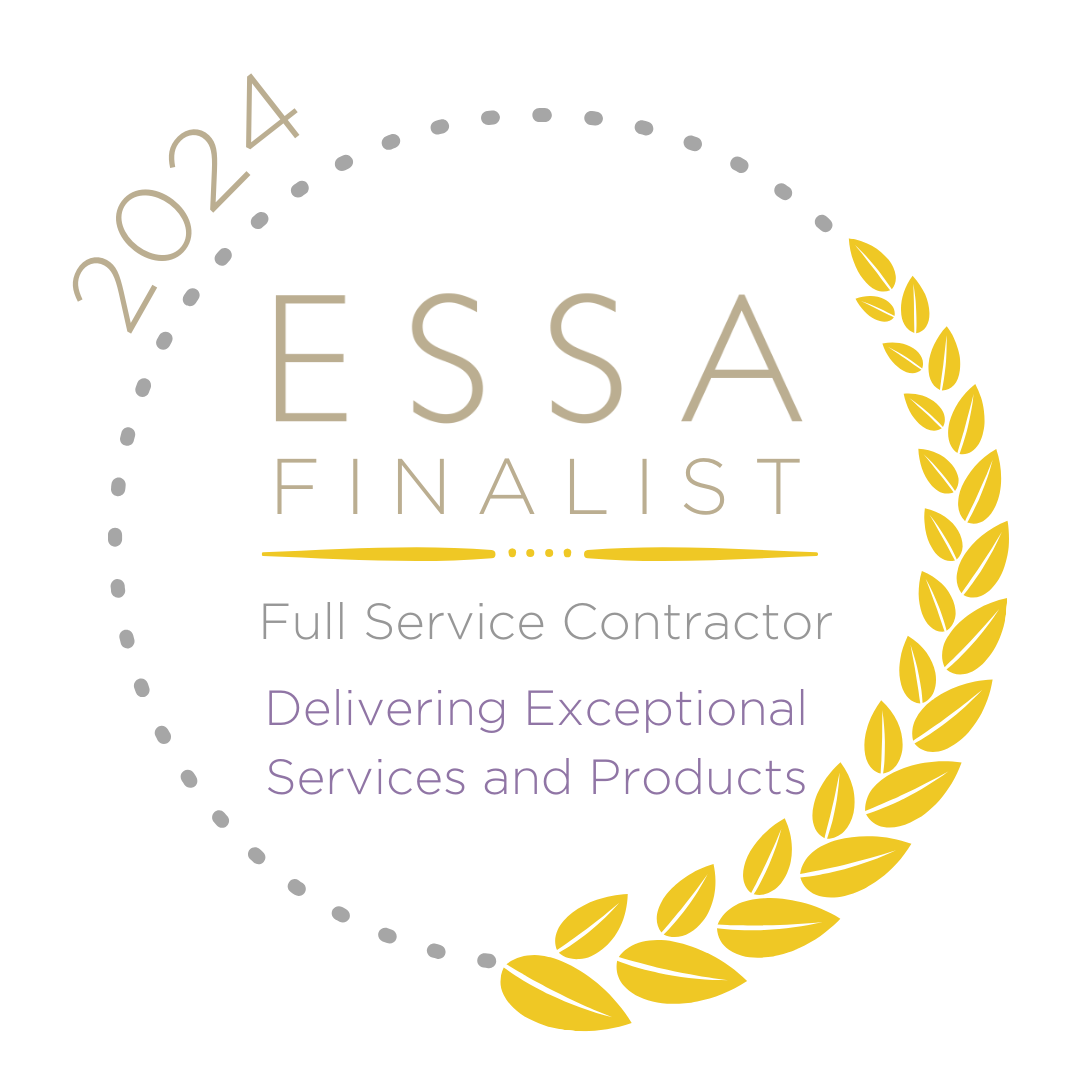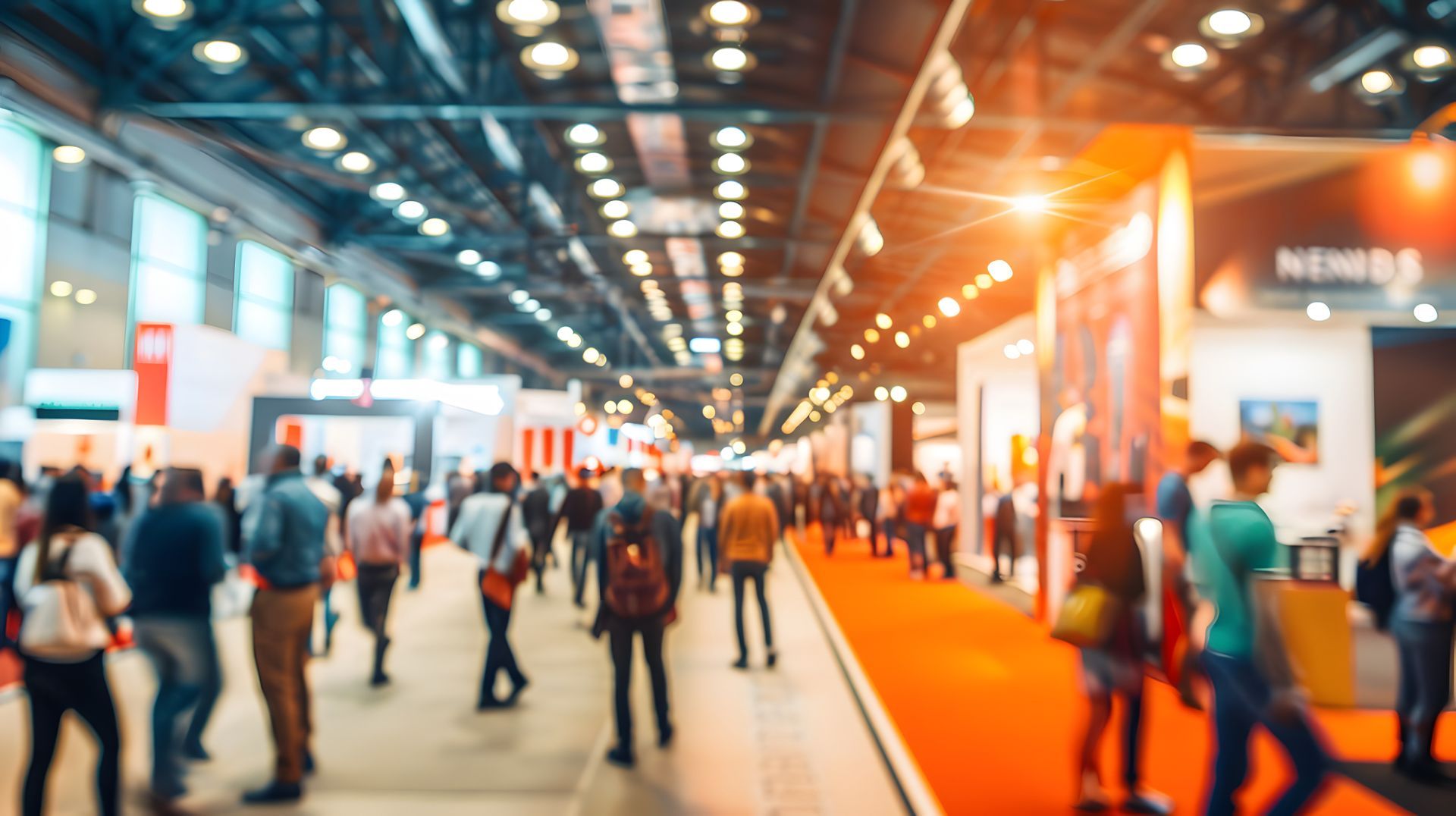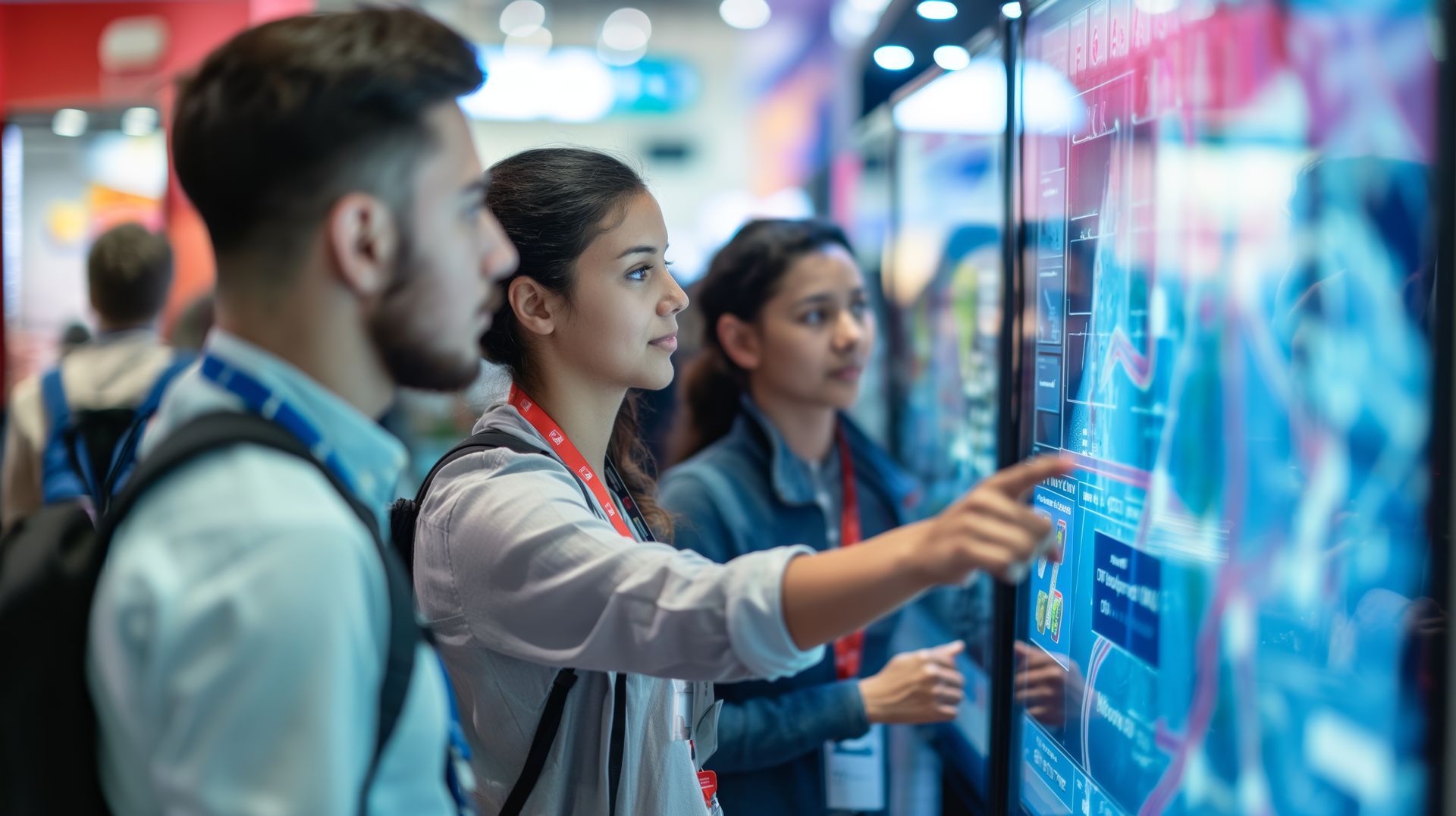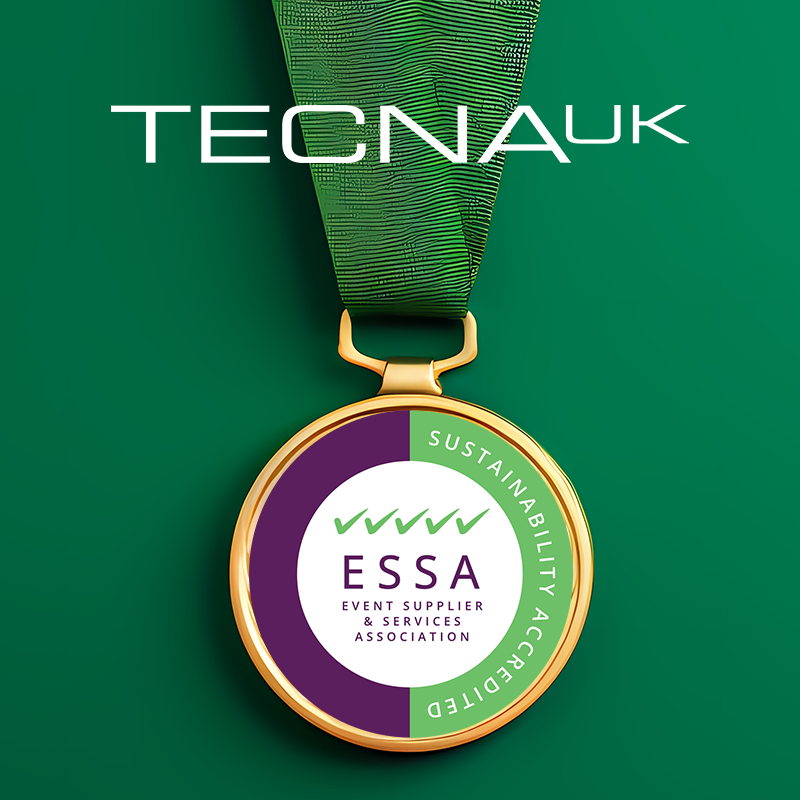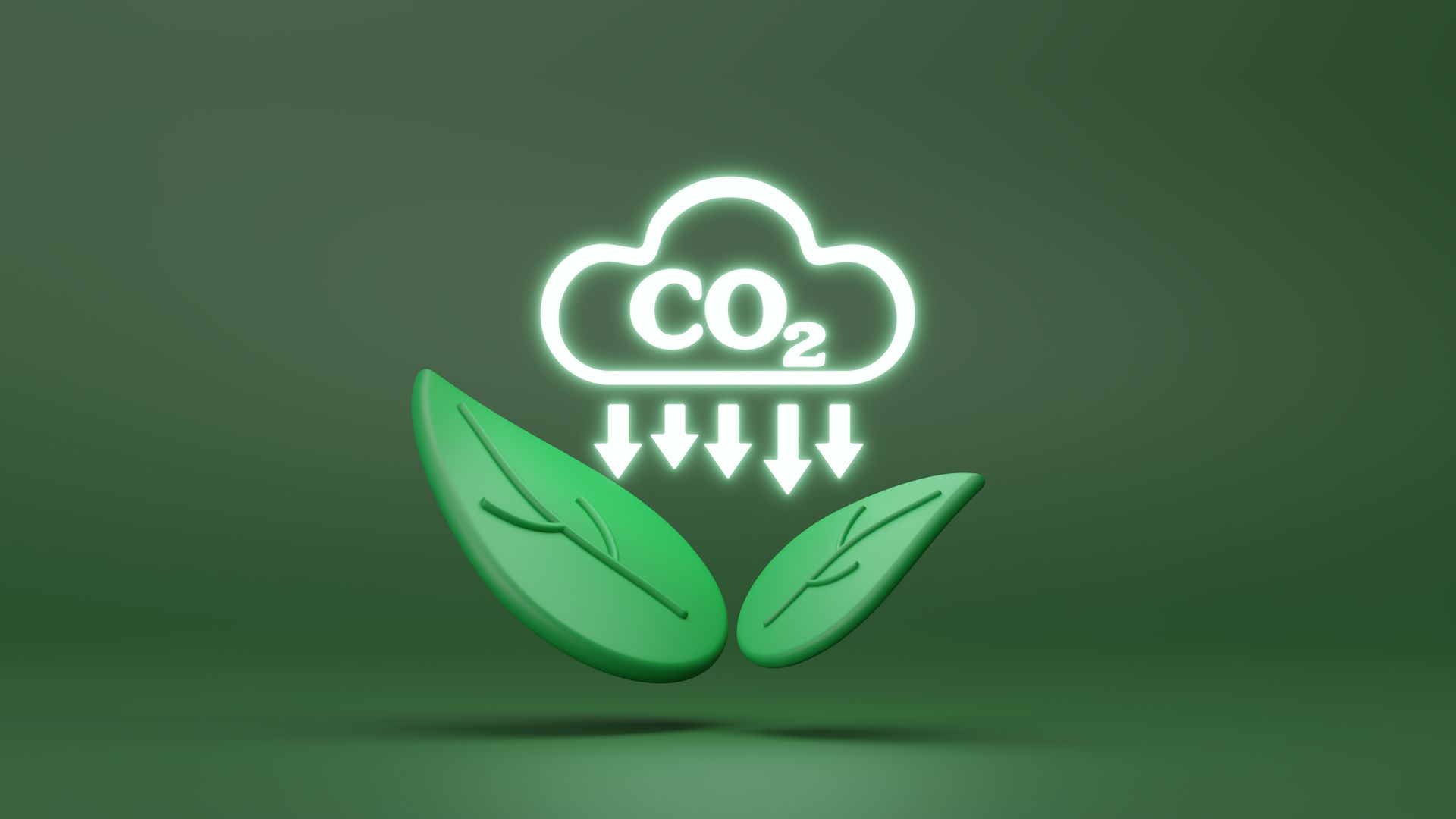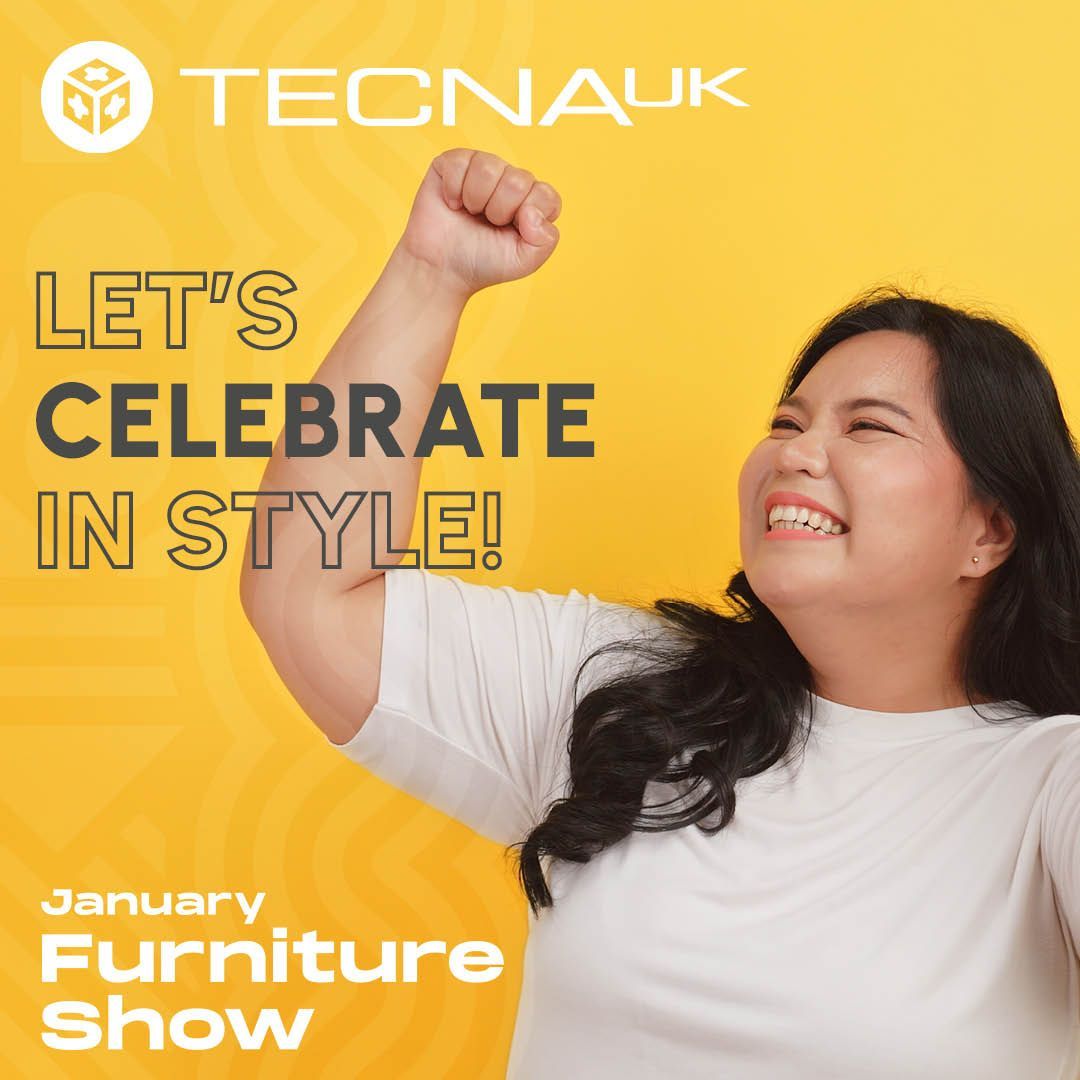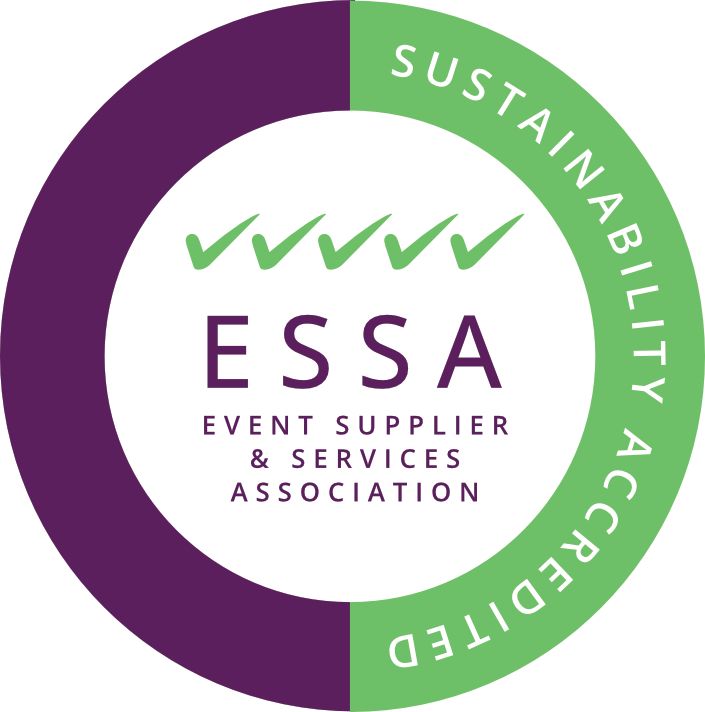A Guide To Graphic Substrates For Modular Displays
Volume 3: Tecna UK’s Top Picks
As the saying goes: “three is the magic number”, and at Tecna UK we like to make magic happen. In volume three of our “A Guide to Graphic Substrates for Modular Displays” series, we ask three members of the Tecna UK team which three graphic substrates they believe works best with the T3 modular display system.
FOAMEX –
Jon Wicks, Operations Manager
Tecna UK’s Operations Manager Jon Wicks, oversees the design, production and installation of T3 modular displays. Bringing considerable expertise – not to mention years of T3 knowledge – to the table, Jon sure knows his stuff. Here’s Jon’s graphic substrate pick:
A graphic substrate that I have learnt works really well with the T3 modular display system is Foamex. In fact, Foamex is a firm favourite at Tecna UK, so much so that we have used it generously across our Discovery Centre displays to demonstrate T3’s endless possibilities to visitors.
From a structural standpoint, I like Foamex because it is rigid and durable and instantly improves the structural integrity of any T3 modular display; from a design standpoint, I like that you can be a little more adventurous with your aesthetics when using it: all sorts of interesting shapes can be achieved without sticking strictly to the modular framework.
I also regularly recommend Foamex to clients because it can be applied to the T3 modular display system with ease. For Foamex application, we like to use Velcro or magnetic strips, though we usually veer more towards the latter because it attaches to and detaches from the steel of our T3 beams easily. The result – application, removal, and adjustment of graphic panels are totally effortless.
For more on Foamex, see vol. 1 of our graphic substrates series.
Jon’s Top 5 Benefits of Foamex:
- Lightweight
- Rigid
- Structural stability
- Ease of application
- Aesthetics
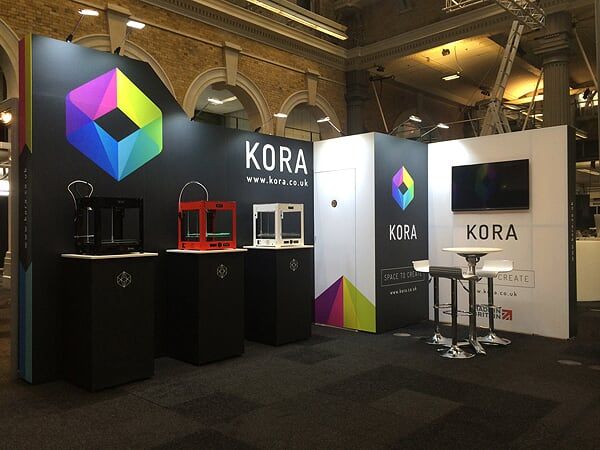
ACRYLIC –
Stuart Fawcett, Senior Design Consultant
An integral member of the Tecna UK team, Stuart Fawcett is one of our highly-skilled Design Consultants; he has perfected his design skills through years of delivering modular displays that both meet our clients’ design specifications and exceed their expectations. Here’s Stu’s graphic substrate pick:
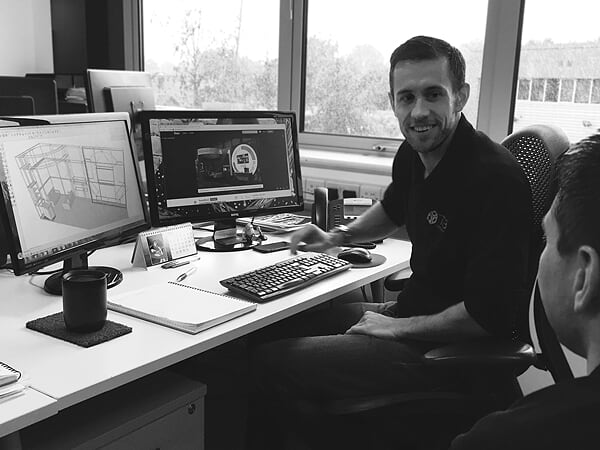
Although acrylic isn’t one of our more commonly used substrates here at Tecna UK, I have started to incorporate it into quite a few of my T3 stands over the past 12 months and have been pleasantly surprised with how well it works with our modular display system.
Acrylic can make an interesting alternative to glass and it works much better with T3. Not only is acrylic more durable and shatterproof than glass, but it is also more lightweight which allows us to keep to our T3 promise of a modular display system that is both easy to install and transport. As an added bonus, application of the substrate is nice and simple: attach it to any of our three T3 beams – Classic, Channel, or Fusion – with the use of Velcro strips.
Furthermore, acrylic can be incorporated into a T3 modular display in lots of creative ways to accomplish a display that, albeit modular, has a custom look and feel. Some of our clients, for instance, have used acrylic to create illuminated T3 showcasing features, such as back-lit light boxes and showcasing units: simple but effective
Stu’s Top 5 Benefits of Acrylic:
- Durable
- Lightweight
- Versatile
- Relatively Low Cost
- Unique
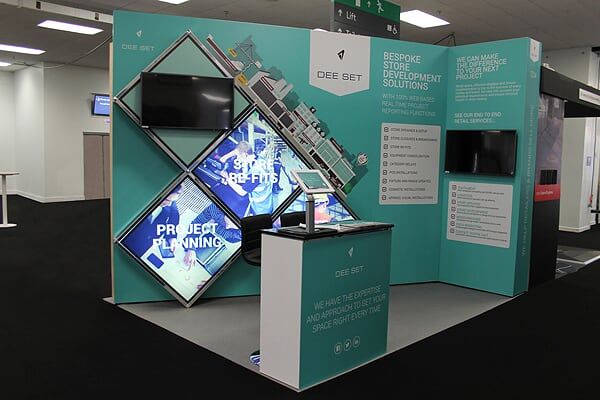
TENSION FABRIC –
Andrew Kennedy, Sales
Andrew Kennedy is a valued member of Tecna UK’s sales team and knows the T3 modular display system like the back of his hand. As a main point of contact for clients, he is well-accustomed to answering the many varied questions clients have, as well as helping them discover how to unlock the endless possibilities that come with using T3. Here’s Andrew’s graphic substrate pick:
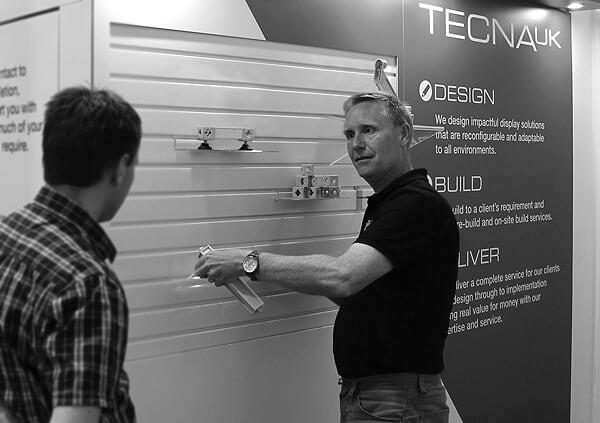
Tension fabric together with our T3 modular framework is a match made in display heaven. Everyone would ideally like their graphics to be seamless, and tension fabric allows clients to achieve exactly that. Much larger fabric panels can be printed when compared to other substrates and these can cover large graphic areas without any breaks in between. What’s more, by using our T3 45-degree insert on the corners of your display, you can apply panels on each side of your display in such a way so as to create a wraparound effect – no exposed beams.
Another reason I suggest tension fabric to clients, regardless of the size of the graphic, is that fabric graphics are quick and easy to take down at the end of an event. Then they can be folded up and neatly packed away in one of our carry bags or flight cases, making it incredibly easy and hassle-free to transport to the required destination. Add to this the ease with which they can be applied, and you’ve really got yourself a winner*.
Finally, because of the translucent nature of one of our tension fabric graphic types, it can be brilliant for back-lit displays. Clients can create light boxes or other kinds of illuminated displays that can really elevate their brand message.
*Tension fabric graphics have a PVC edging which can be slotted quickly and easily into our T3 comb profiles, which slot into our T3 Channel and Fusion beams.
Andrew’s Top 5 Benefits of Tension Fabric:
- Seamless graphics
- Lightweight
- Ease of transport
- Ease of application
- Large panels
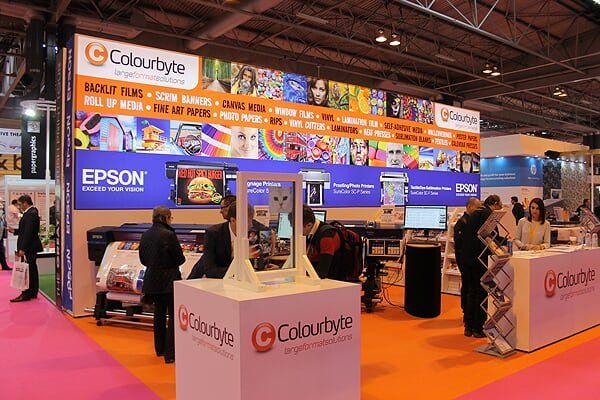
For more on Tension Fabric, see vol. 1 of our graphic substrates series.
So, there you have it: Tecna UK’s top three graphic substrates. While we say that these are our favourites to use with the T3 modular display system, there are still plenty more out there that we like to use on T3 displays. For any more information, don’t hesitate to call or email our design consultants or sales team.
Copyright © 2023 All Rights Reserved by Tecna UK Ltd Registered Company Number: 06459394

